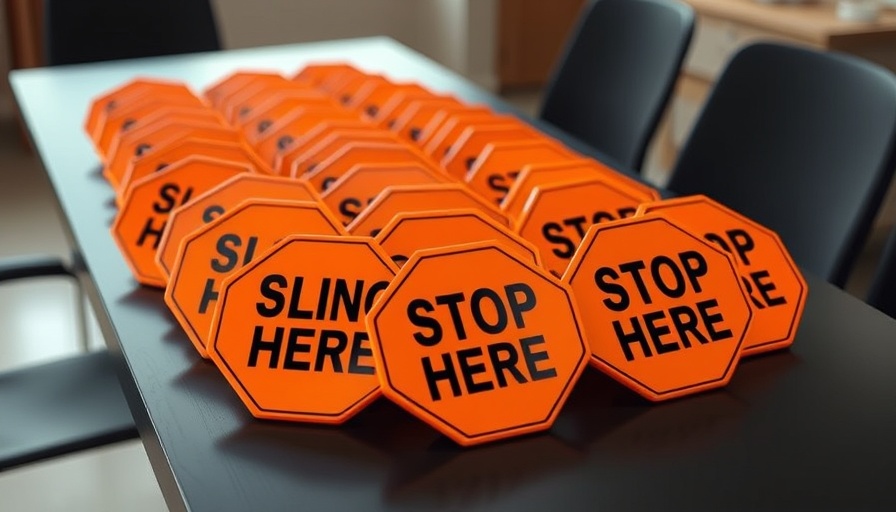
The Harrowing Impact of Bullying on Students
The story of Tanya Larsen and her 16-year-old daughter, who has suffered from bullying in Midlakes Schools, sheds light on a distressing reality that many parents across the country face. According to the Monique Burr Foundation for Children, one in every four children will experience bullying, making it a pervasive issue in our schools. This article highlights not just the personal struggle of one mother and her daughter but also the broader implications of bullying and the urgent call to reform school policies.
Understanding the Cycles of Bullying
Many parents may feel helpless as they navigate the complex landscape of school bullying. The issue is not only about isolated incidents; it encompasses long-term psychological effects for victims, including academic struggles and, in extreme scenarios, suicidal ideation. Tanya's story is a testament to this cycle. Despite multiple reports and pleas for help, her daughter was left vulnerable. It raises important questions about accountability in educational institutions. What can be done to ensure children are safe from bullies both on school grounds and online?
Connecting to Broader Community Issues
What is happening to Tanya’s daughter is not an isolated incident. Across the United States, countless parents are fighting for their children's safety. Bullying and harassment in schools have been linked to increased rates of anxiety and depression among students, reinforcing the importance of proactive measures. Communities must rally around victims and advocate for more stringent policies to protect children.
The Role of Schools in Preventing Bullying
The National Center for Education Statistics reported that a majority of schools have established some form of anti-bullying policy. However, strategies vary widely. In Tanya's case, Midlakes Schools had no written bylaws or codes of conduct addressing bullying effectively, raising serious concerns about the school’s commitment to student welfare. School administrators like Superintendent Nicholas Ganster assert their systems work, but the effectiveness of such policies often comes under scrutiny when stories like Tanya’s emerge.
A Call for Policy Reevaluation and Change
Parents and students need transparency and accountability from educational institutions. Tanya’s case introduces an urgent need for schools to evaluate and update their policies regarding bullying and harassment. Revised measures might include training for staff, more defined consequences for bullies, and frameworks that actively encourage student reporting. Engaging parents in this dialogue can lead to collaborative solutions. Single-parent advocacy, like what Tanya is doing, can shift school culture towards zero tolerance for bullying.
Empowering Parents and Students
As advocates for their children, parents play a crucial role in influencing school policy. Tanya’s proactive stance, despite her daughter’s suffering, offers hope to others facing similar battles. Schools should facilitate workshops and community meetings to empower parents, educate them about the signs of bullying, and equip them with tools to support their children. It is essential for parents to understand their rights and the resources available to them.
Conclusion: Taking Action Against Bullying
Ultimately, the heart-wrenching case of Tanya Larsen highlights the need for a concerted effort to combat bullying in schools. Parents must stand united to ensure that policies are not merely words on paper but are actively implemented in a transparent, effective manner. Tanya’s journey is just one example of why every adult in the educational sphere must make children's safety their top priority. For parents who find themselves in similar situations, advocate, report, and never give up fighting for the rights and safety of their children.
 Add Row
Add Row  Add
Add 




Write A Comment